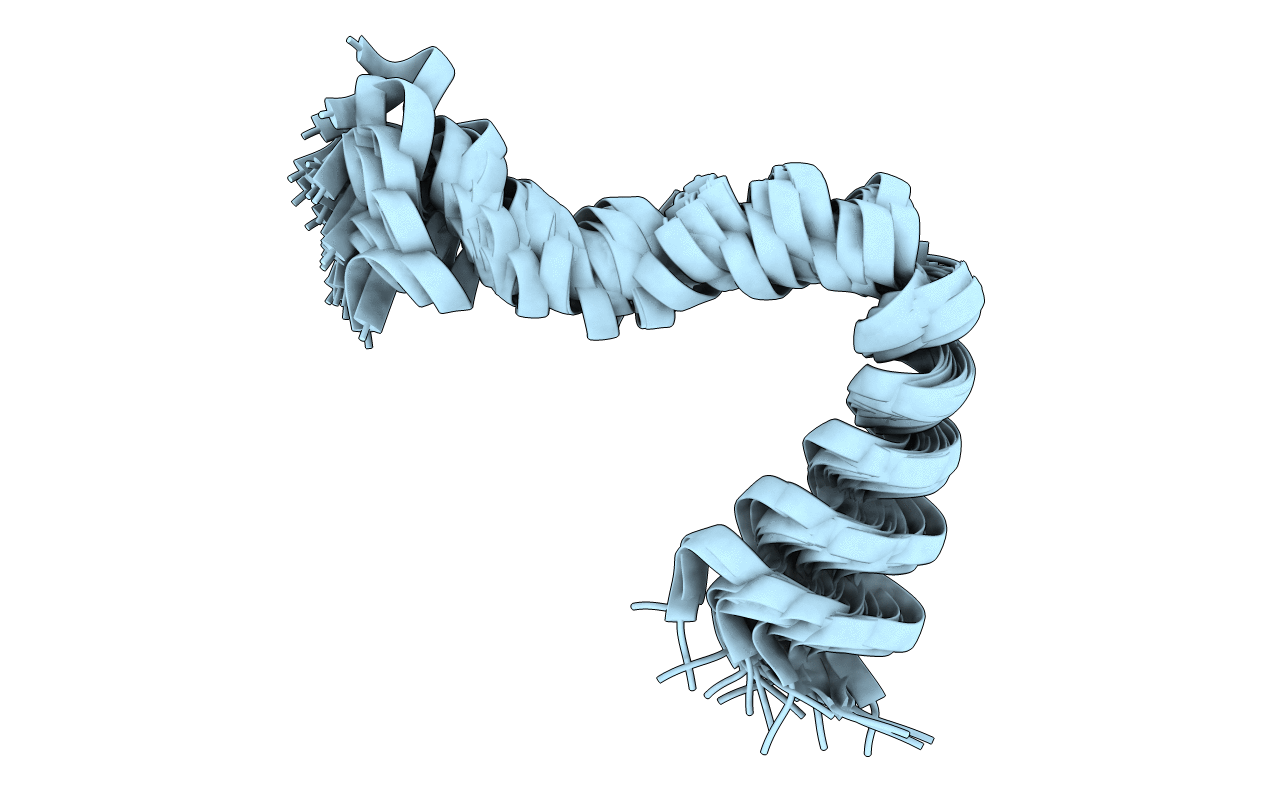
Deposition Date
2016-06-29
Release Date
2017-07-05
Last Version Date
2024-05-15
Entry Detail
PDB ID:
2NDK
Keywords:
Title:
20 lowest energy ensemble of dermcidin (DCD1L) NMR structure
Biological Source:
Source Organism:
Homo sapiens (Taxon ID: 9606)
Host Organism:
Method Details:
Experimental Method:
Conformers Calculated:
100
Conformers Submitted:
20
Selection Criteria:
structures with the lowest energy


